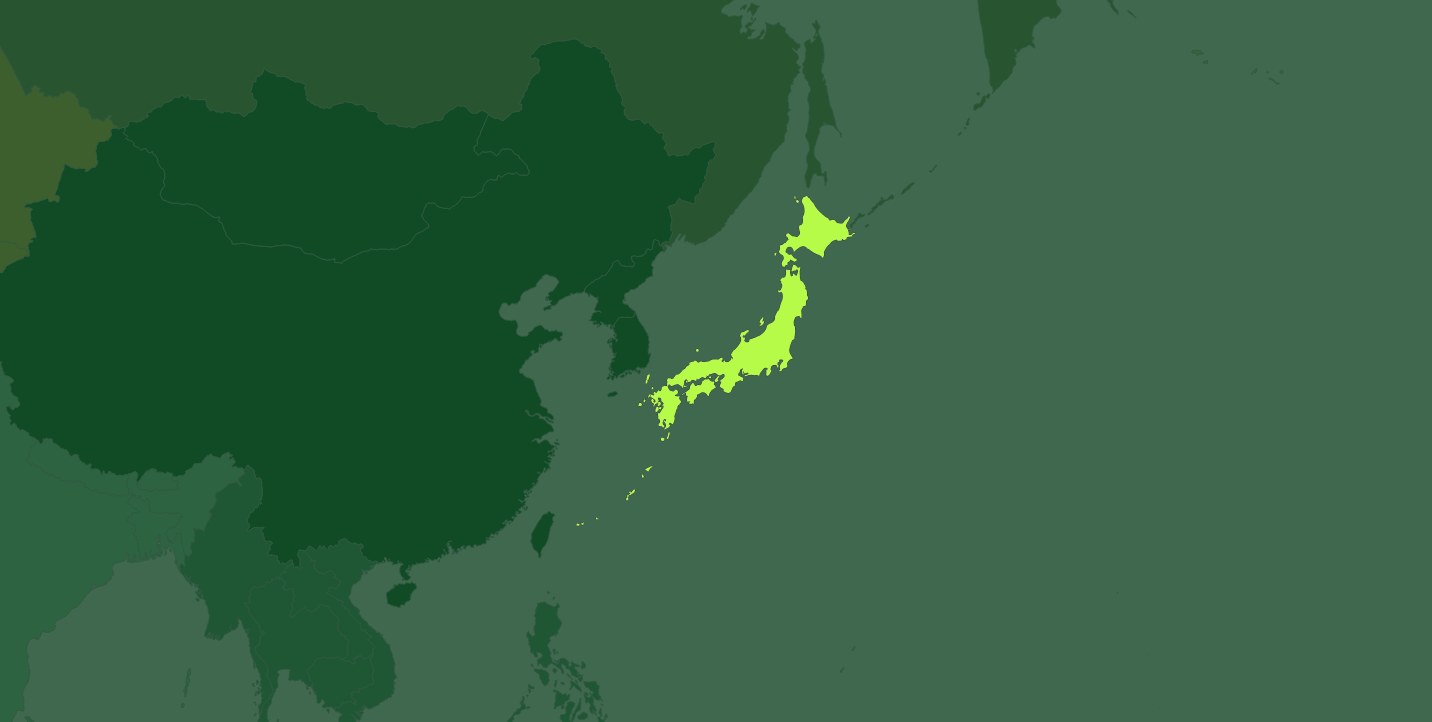The Deported Peoples – Crimean Tatars, Volga Germans, Merkhetian Turks, Koreans, Greeks, Kurds
As the Soviet Union in the Gorbachev era attempts to come to grips with its past, one of the darkest pages of the country’s history remains the deportation to Central Asia and Siberia of entire nations prior, during and after World War II. In the text of the new Soviet nationalities’ policy published by the Communist Party of the Soviet Union (CPSU) in August 1989, six peoples were identified as those that were still awaiting a return to their homelands. These were the Crimean Tatars, Volga Germans, Meskhetian Turks, Koreans, Greeks and Kurds. The Soviet census of 1989 gave for the first time more or less reliable figures of the numbers of the deported peoples, although it is claimed by the groups concerned that the numbers are still greatly understated. The official figures were as follows: 2.03 million Volga Germans; 265,000 Crimean Tatars; 207,000 Meskhetian Turks; 437,000 Koreans; 358,000 Greeks; 153,000 Kurds – a total of 3.45 million people.
Please note that the terminology in the fields of minority rights and indigenous peoples’ rights has changed over time. MRG strives to reflect these changes as well as respect the right to self-identification on the part of minorities and indigenous peoples. At the same time, after over 50 years’ work, we know that our archive is of considerable interest to activists and researchers. Therefore, we make available as much of our back catalogue as possible, while being aware that the language used may not reflect current thinking on these issues.





